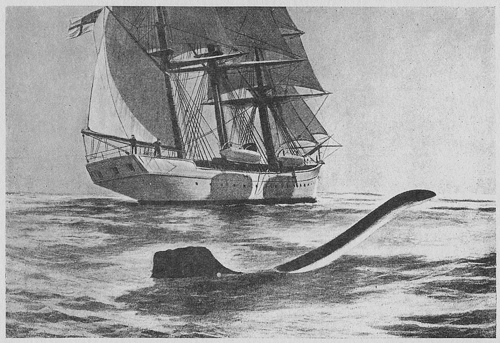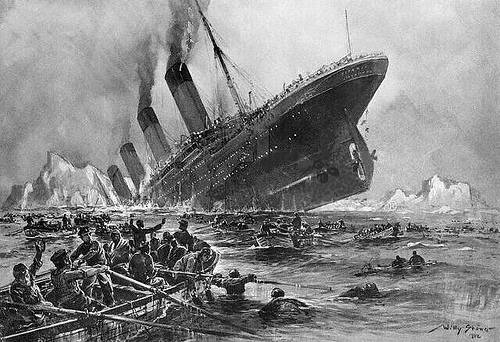This one is preposterous, but I have two sources, so here goes.
In the 1870s, visitors to a remote New Mexico sheep ranch discovered the solitary rancher dead in his hut. His records showed that he had been dead two years, but his flocks had actually increased since his death. How was this possible?
It turned out that his dog had been tending the flocks in his absence. The rancher had trained him to drive the flocks to their pasture in the morning, guard them all day, and return them to their fold at night, and he’d continued these duties when the rancher disappeared, killing some sheep as necessary for food but faithfully tending the rest.
According to these reports, in 1879 the New Mexico legislature awarded the dog a pension for life as a reward for his fidelity, “and no doubt as an encouragement to all other shepherd dogs in that territory to be good and faithful.” Draw your own conclusions.
(Sources: The Anti-Vivisectionist, Dec. 15, 1880; Albert Plympton Southwick, Handy Helps, No. 1, 1886)


